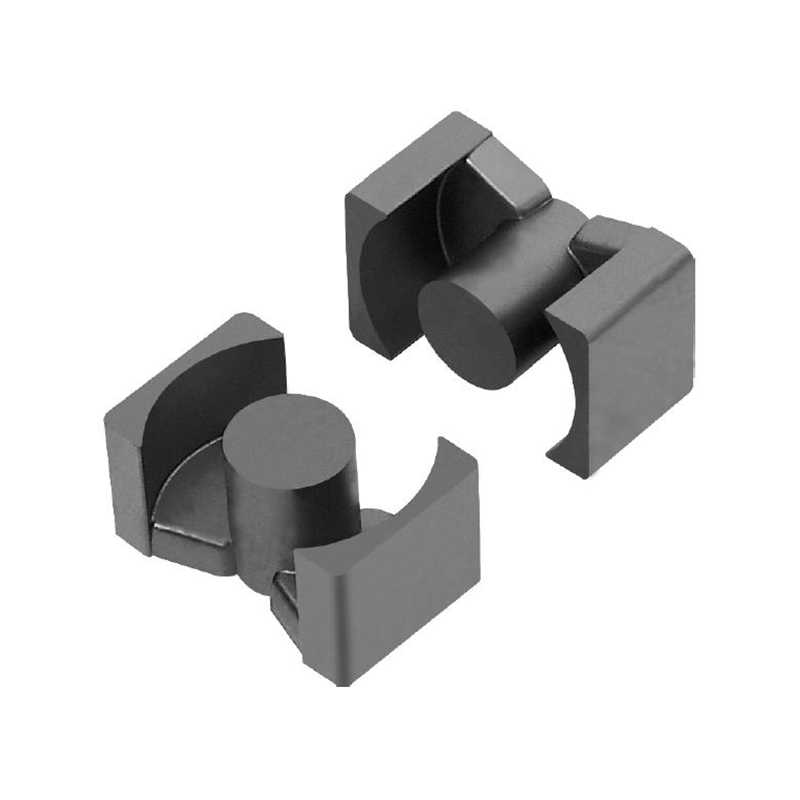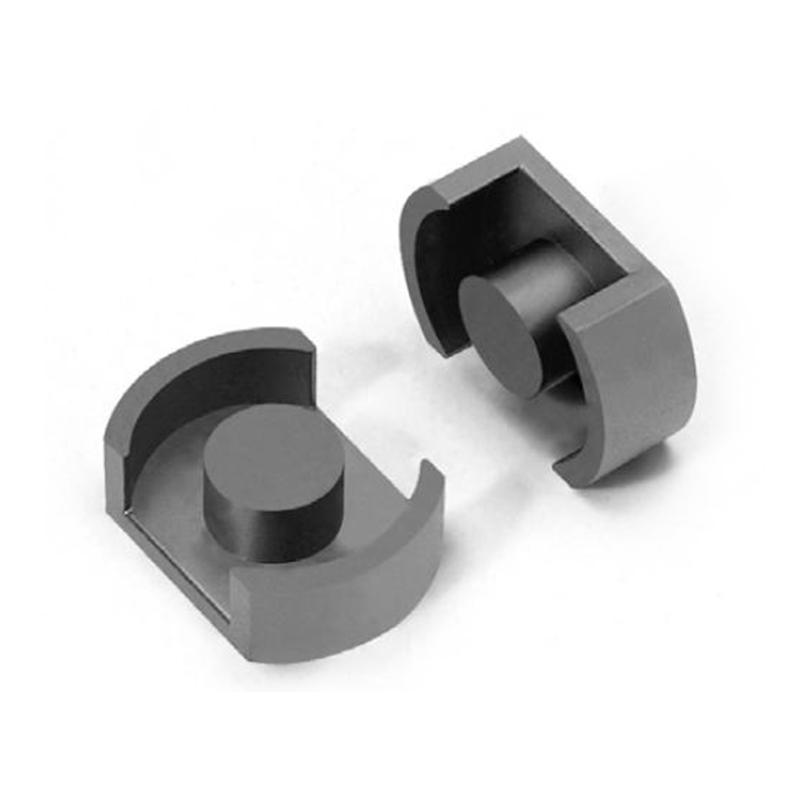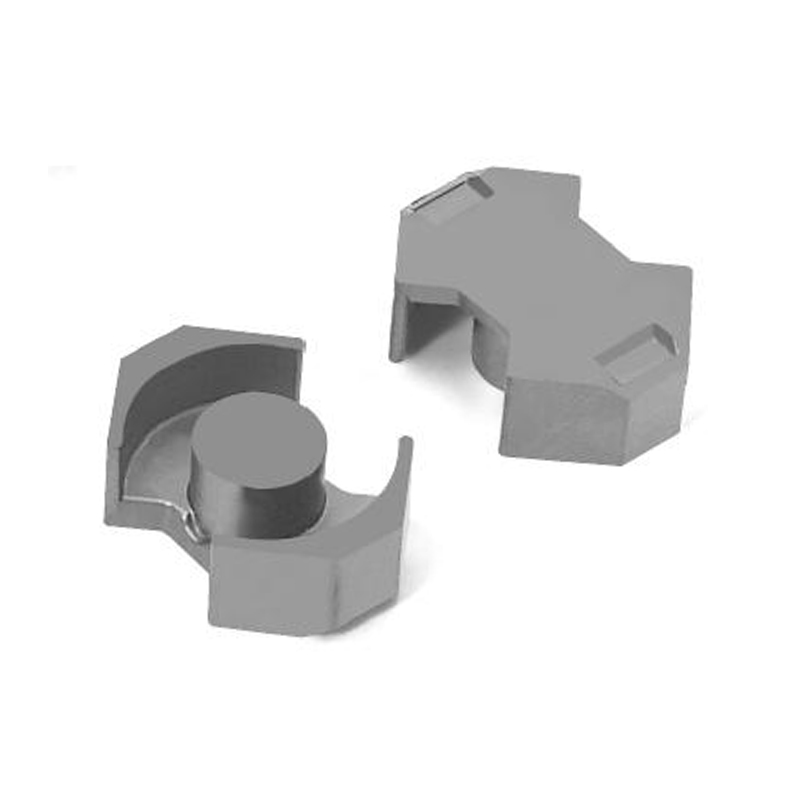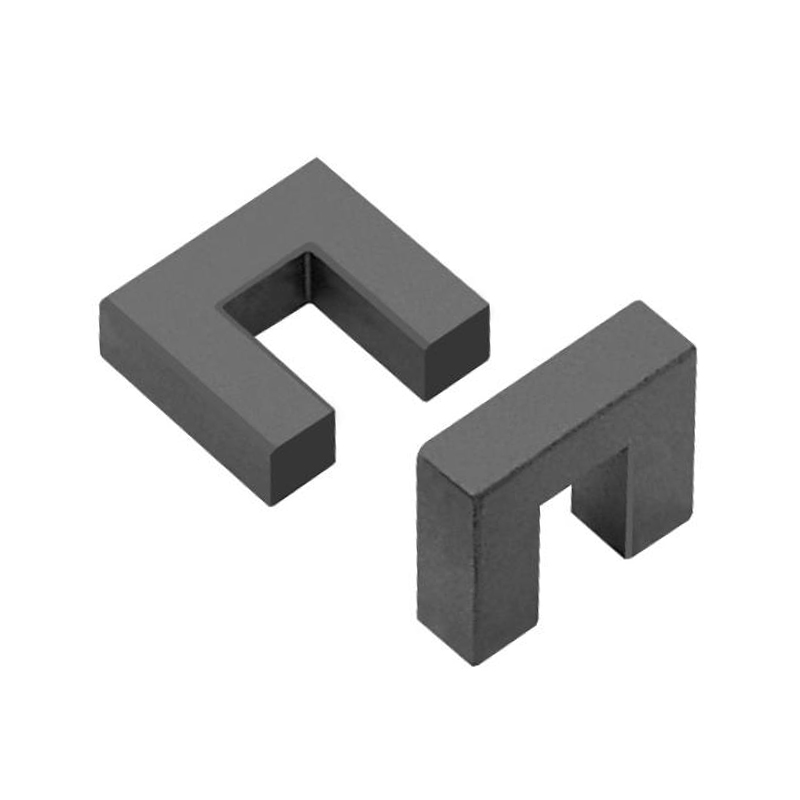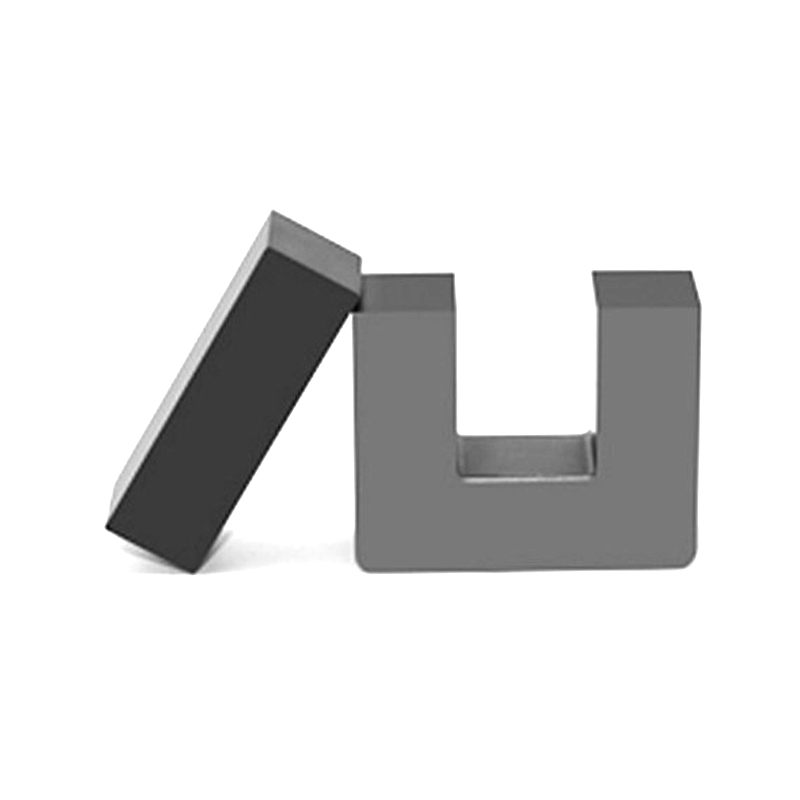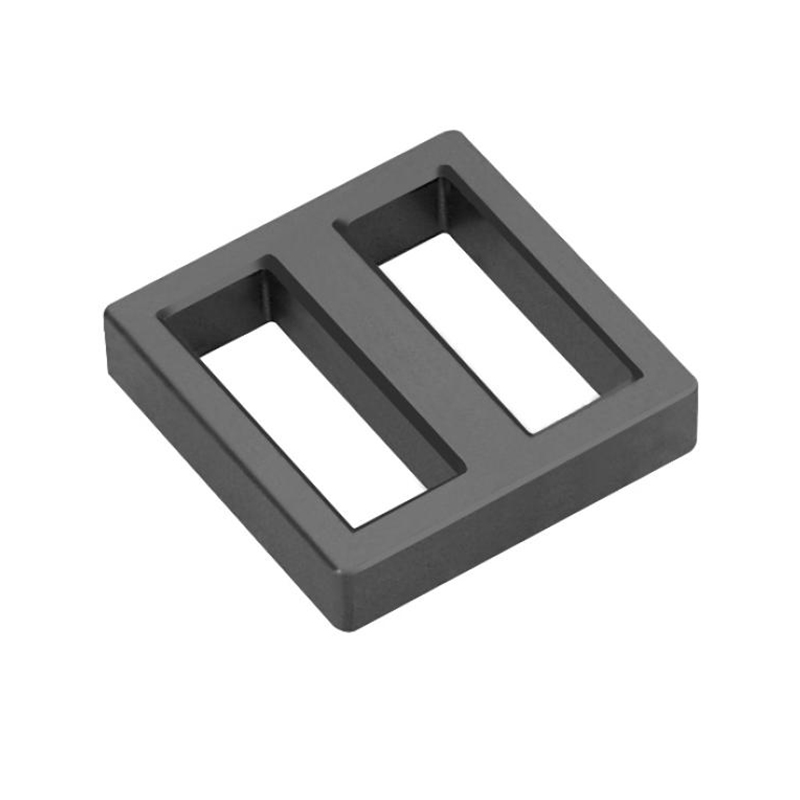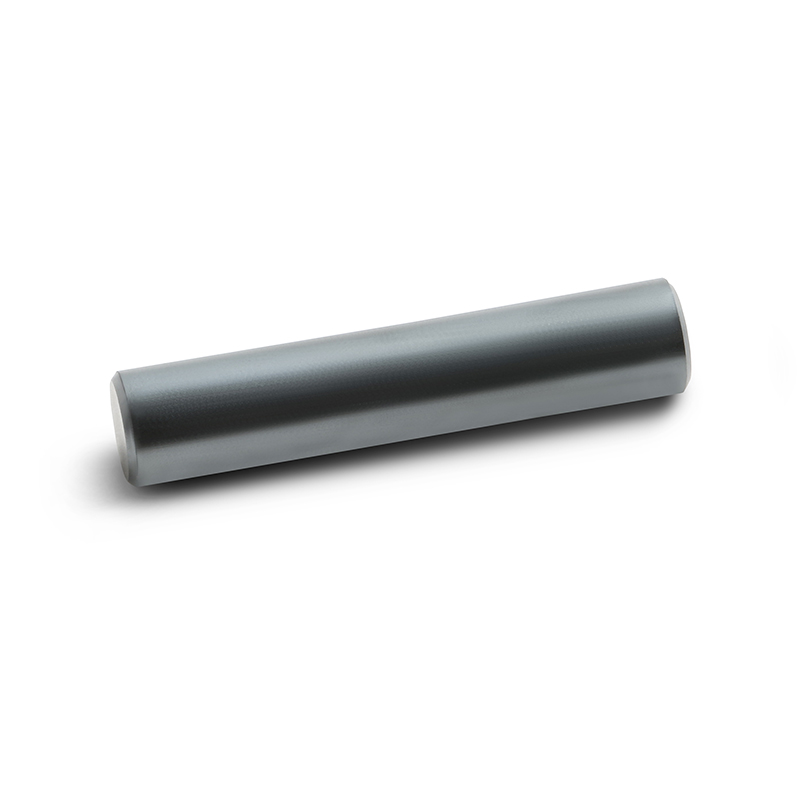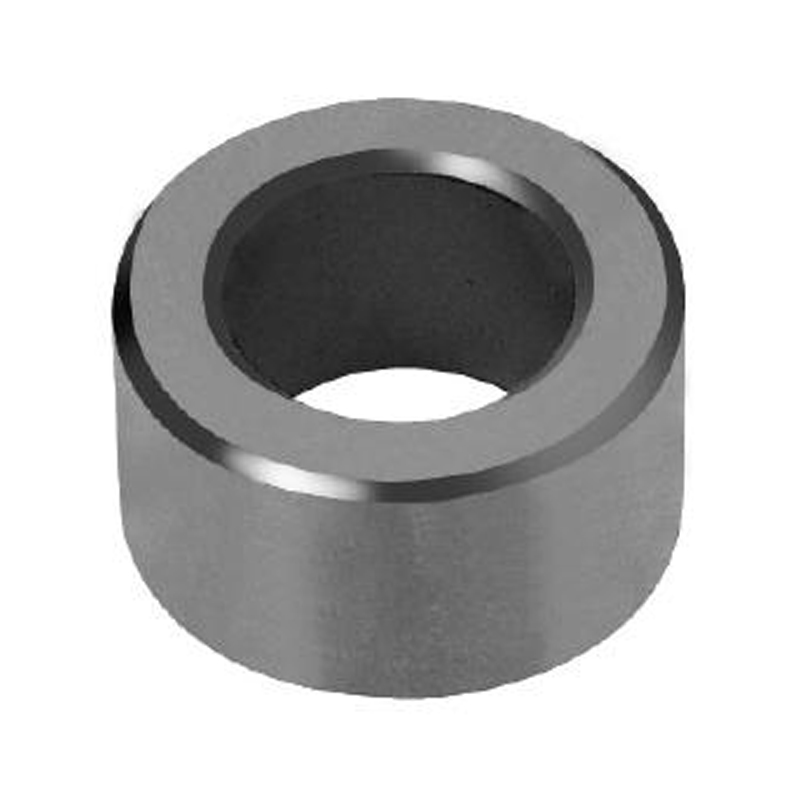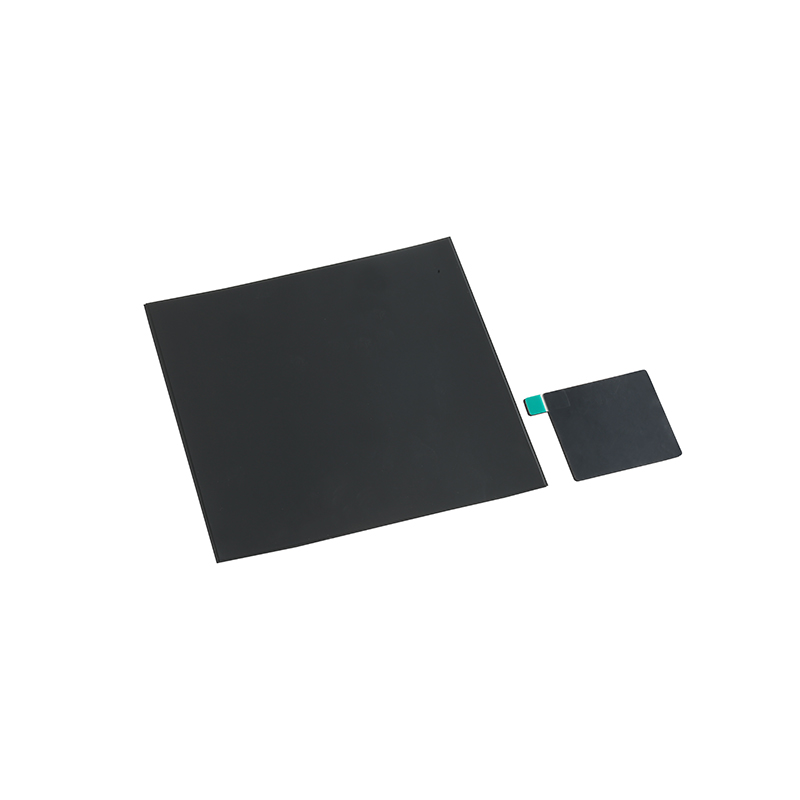What Is Mn-Zn Ferrite and Why Is It Crucial in Modern Electronics?
Mn-Zn ferrite, or Manganese-Zinc ferrite, is a material that plays a pivotal role in the design and performance of modern electronic components. Known for its unique magnetic properties, this ferrite compound is widely used in various applications ranging from power transformers to electromagnetic shielding. But what exactly makes Mn-Zn ferrite such an indispensable material in today’s tech-driven world?
At its core, Mn-Zn ferrite is a mixed oxide composed primarily of manganese (Mn) and zinc (Zn), combined with iron oxide (Fe₂O₃). This composition grants it remarkable electrical and magnetic properties, which are not only critical for efficient power conversion but also for the effective operation of numerous electronic devices. The ferrite is typically produced through a ceramic process, which ensures that its grain structure and particle size remain optimal for its various uses.
One of the most defining features of Mn-Zn ferrite is its high permeability, which allows it to conduct magnetic flux more efficiently than other magnetic materials. This makes it an essential component in applications such as inductors, transformers, and chokes, where efficient magnetic energy transfer is crucial. The compound also boasts low electrical conductivity, ensuring minimal eddy current losses during operation, which further enhances its performance in power electronics.
In the world of electronics, Mn-Zn ferrite is most commonly found in the form of magnetic cores. These cores are used extensively in transformers, which are integral in power distribution systems. Whether in power supplies, telecommunications, or electrical grids, these transformers rely on Mn-Zn ferrite’s ability to handle high-frequency signals with minimal energy loss. Additionally, its efficiency makes it the material of choice for high-power applications, where maintaining stable performance over time is essential.
The material’s magnetic characteristics are not limited to power electronics. Mn-Zn ferrite also plays a critical role in electromagnetic interference (EMI) shielding. With the increasing complexity of modern electronics and the proliferation of wireless communication, managing electromagnetic noise has become a paramount concern. Mn-Zn ferrite’s ability to absorb and dissipate electromagnetic waves makes it highly effective in reducing EMI. This has made it invaluable in the design of everything from cell phones to computers, ensuring that they operate without interference and meet regulatory standards for electromagnetic compatibility.
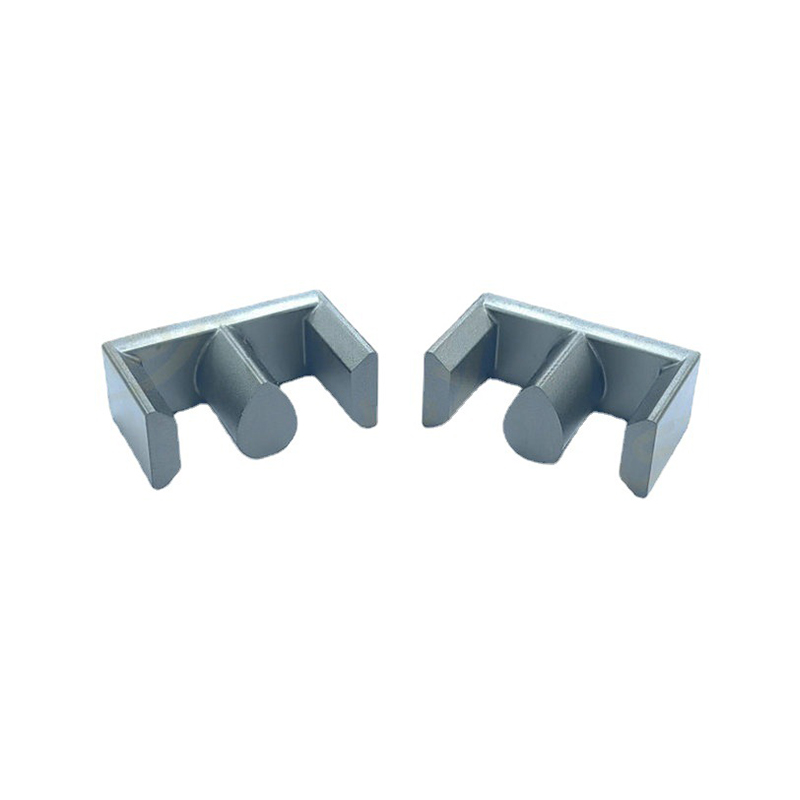
Furthermore, Mn-Zn ferrite is a material that can be tailored to meet specific needs. By adjusting the ratio of manganese to zinc or modifying the sintering process, manufacturers can fine-tune its magnetic properties, such as saturation magnetization and coercivity. This adaptability makes it ideal for use in a wide variety of applications, from low-frequency power applications to high-frequency communication systems.
Despite its impressive capabilities, the development of Mn-Zn ferrite is not without challenges. The material's performance is highly sensitive to temperature fluctuations, which can affect its magnetic properties and, consequently, the overall efficiency of the devices it is used in. To mitigate this, careful engineering and material selection are essential during the manufacturing process to ensure consistent quality and optimal performance.
Moreover, the global demand for Mn-Zn ferrite is expected to rise as industries such as renewable energy, electric vehicles, and telecommunications continue to expand. These sectors require high-performance magnetic materials for energy storage, power conversion, and signal processing, all of which depend on the unique properties of Mn-Zn ferrite. As technology advances, so too will the need for ever-more efficient ferrite materials capable of meeting the increasing demands of modern electronics.
Mn-Zn ferrite stands as a cornerstone in the realm of electronic materials, offering unparalleled performance in a wide range of applications. Its high permeability, low electrical conductivity, and ability to be customized make it a versatile and irreplaceable material in today’s tech-driven world. As industries continue to innovate, the importance of Mn-Zn ferrite will only grow, shaping the future of electronics for years to come.

 中文简体
中文简体